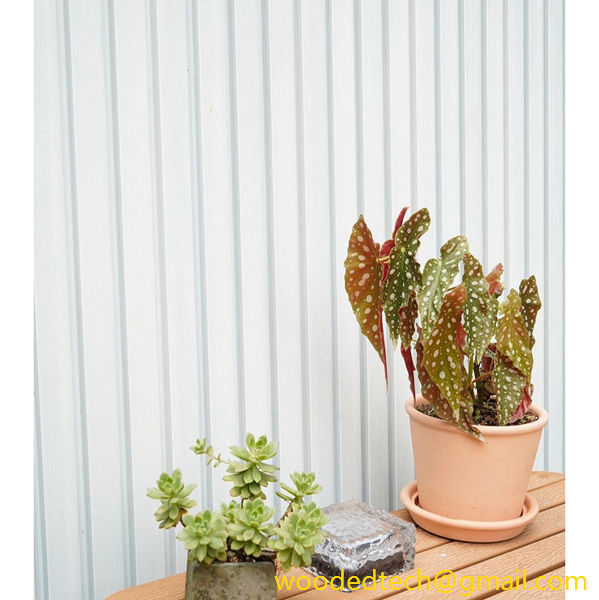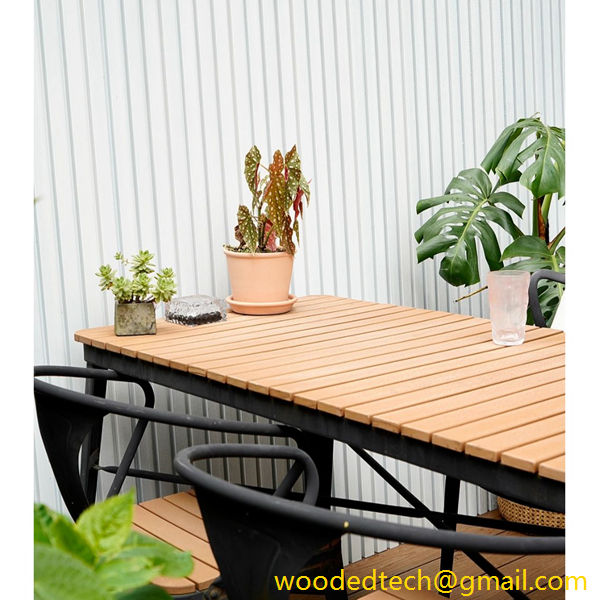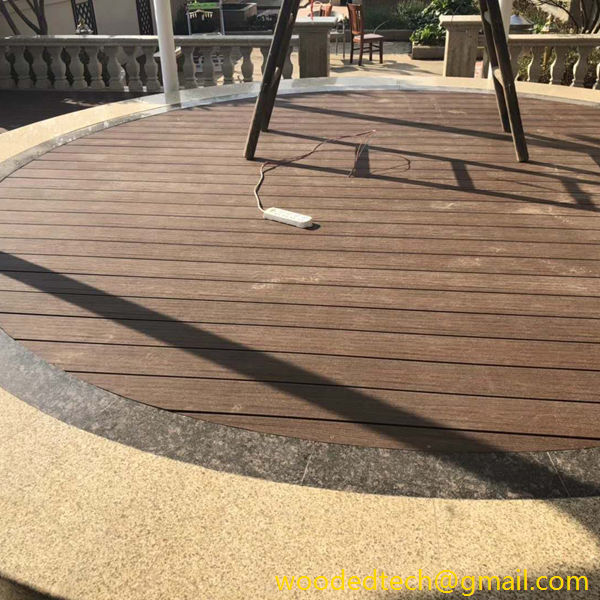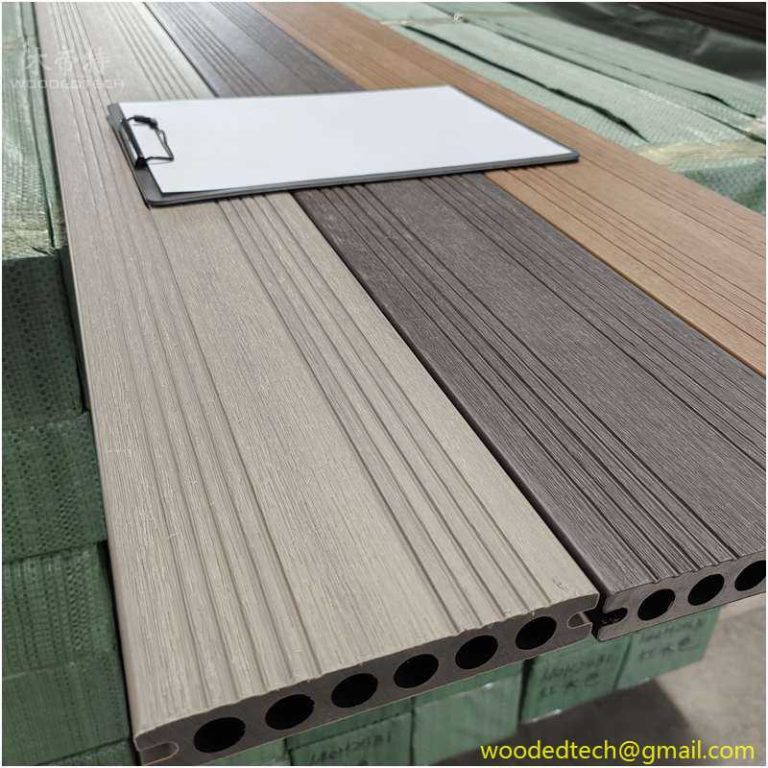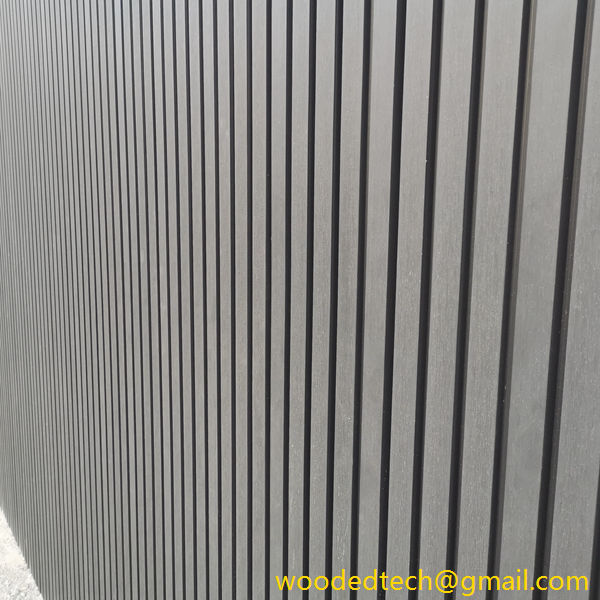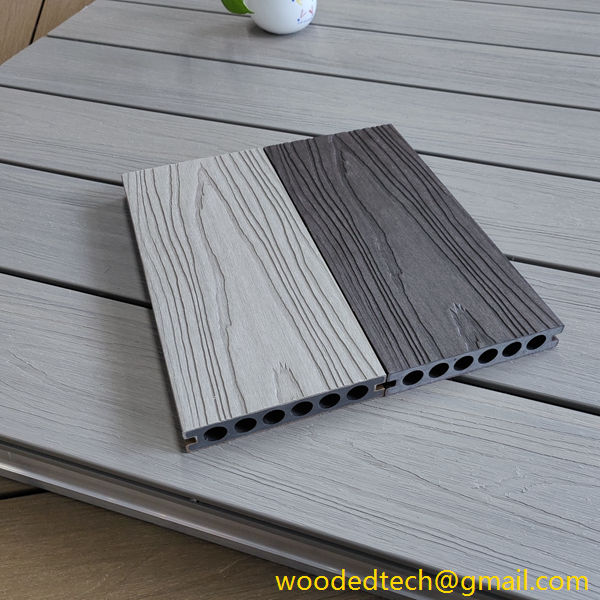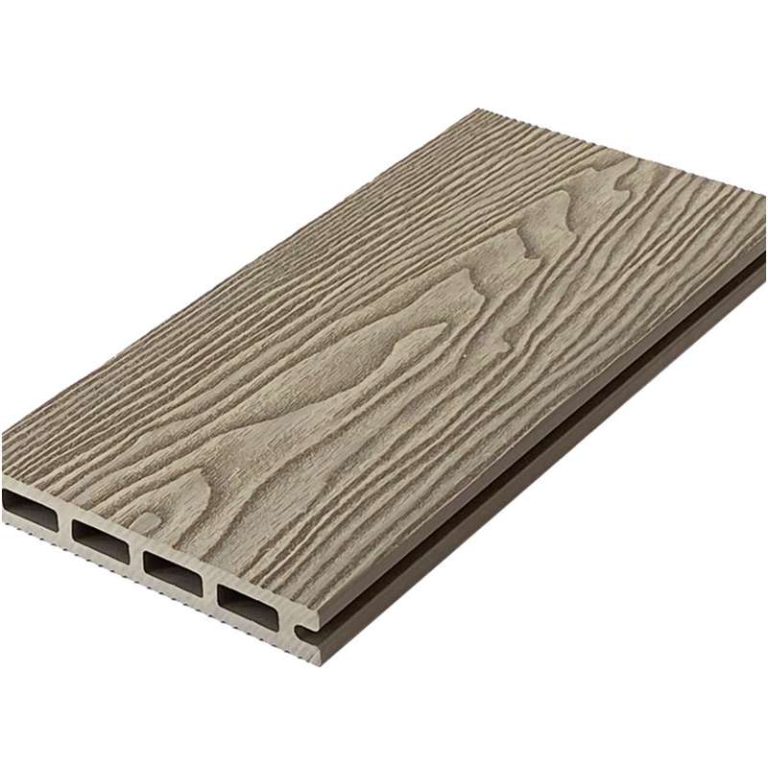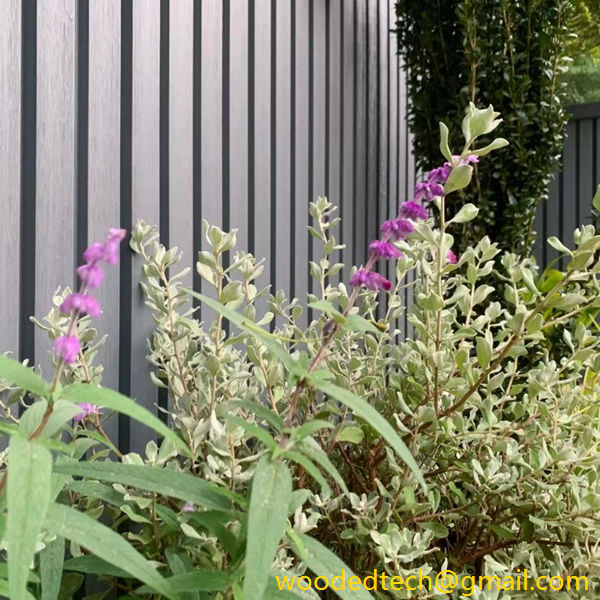Белая облицовка из ДПК: Элегантная белая облицовка из ДПК для современных экстерьеров
Белая облицовка из ДПК: Элегантная белая облицовка из ДПК для современных экстерьеров В сфере современного архитектурного дизайна выбор материалов играет ключевую роль в формировании эстетических и функциональных аспектов здания. Одним из материалов, получивших широкое распространение в последнее время, является облицовка из белого древесно-полимерного композита (ДПК). Этот инновационный материал сочетает в себе природные...
Белая облицовка из ДПК: Элегантная белая облицовка из ДПК для современных экстерьеров
In the realm of modern architectural design, the choice of materials plays a pivotal role in shaping the aesthetic and functional aspects of a building. One material that has recently gained prominence is White Wood Plastic Composite (WPC) cladding. This innovative material combines the natural beauty of wood with the durability of plastic, making it an attractive choice for contemporary exteriors. The elegance of white WPC cladding not only enhances the visual appeal of a structure but also offers numerous advantages that align with the demands of modern construction.
One of the standout features of white WPC cladding is its striking appearance. The clean and crisp look of white cladding can transform any building facade, providing a fresh and contemporary feel. The versatility of white allows it to complement a variety of architectural styles, from minimalist designs to more elaborate structures. Whether used in residential homes, commercial buildings, or public spaces, the elegance of white WPC cladding creates a sophisticated canvas that enhances the overall aesthetic.
Moreover, the use of white WPC cladding can significantly contribute to energy efficiency. Light colors, including white, reflect sunlight, reducing heat absorption and helping to maintain a cooler interior environment. This characteristic is particularly beneficial in warmer climates where maintaining comfortable indoor temperatures is essential. By reducing the reliance on air conditioning systems, white WPC cladding can lead to lower energy consumption and, subsequently, reduced utility costs. This aspect aligns with the growing emphasis on sustainable building practices and environmentally friendly materials.
In addition to its visual appeal and energy efficiency, white WPC cladding boasts remarkable durability and low maintenance requirements. Traditional wood cladding can be susceptible to rot, warping, and insect damage, necessitating frequent upkeep and replacement. In contrast, WPC cladding is engineered to resist these issues, offering a long-lasting solution that can withstand the elements. The composite material is designed to be waterproof, preventing moisture penetration that can lead to mold and decay. This durability ensures that the beauty of white WPC cladding endures over time, making it a practical investment for property owners.
Another significant advantage of white WPC cladding is its eco-friendly nature. As society becomes increasingly aware of environmental issues, the demand for sustainable building materials has surged. WPC is made from a blend of recycled wood fibers and plastic, reducing the need for new timber resources and minimizing waste. By opting for white WPC cladding, builders and homeowners can contribute to environmental conservation while still achieving the desired aesthetic. This commitment to sustainability resonates with many consumers today, who prioritize eco-conscious choices in their building projects.
The installation of white WPC cladding is another aspect that adds to its appeal. Unlike traditional materials that may require specialized skills and tools, WPC cladding is designed for ease of installation. Its lightweight nature allows for straightforward handling and application, reducing labor costs and project timelines. The cladding can be easily cut, shaped, and fastened, making it a favorite among contractors and DIY enthusiasts alike. This user-friendly characteristic not only streamlines the construction process but also empowers homeowners to take an active role in their projects.
Furthermore, the versatility of white WPC cladding extends beyond exterior applications. It can be utilized in a variety of indoor spaces, including accent walls, ceilings, and even furniture design. This adaptability allows architects and designers to create cohesive and harmonious environments that reflect a modern aesthetic. The seamless integration of white WPC cladding into both indoor and outdoor settings opens up a world of design possibilities, encouraging creativity and innovation.
In terms of design trends, white WPC cladding aligns perfectly with the current preference for minimalism and simplicity in architecture. The trend towards clean lines, open spaces, and neutral color palettes has made white cladding a favored choice for contemporary homes and commercial buildings. It serves as a backdrop that allows other design elements, such as landscaping and artwork, to shine. The ability to create a striking contrast with darker materials or vibrant colors adds depth and dimension to a project, making white WPC cladding a versatile and stylish option.
In conclusion, white WPC cladding represents a harmonious blend of elegance, functionality, and sustainability, making it an exceptional choice for contemporary exteriors. Its aesthetic appeal, energy efficiency, durability, eco-friendliness, and ease of installation render it a standout material in modern construction. As architects and builders continue to seek innovative solutions that meet the demands of today’s environmentally conscious consumers, white WPC cladding is poised to play a significant role in shaping the future of architectural design. Whether used in residential, commercial, or public spaces, this material not only elevates the visual appeal of a structure but also contributes to a more sustainable and efficient built environment. Embracing white WPC cladding is not just a design choice; it is a commitment to quality, sustainability, and the continued evolution of modern architecture.

